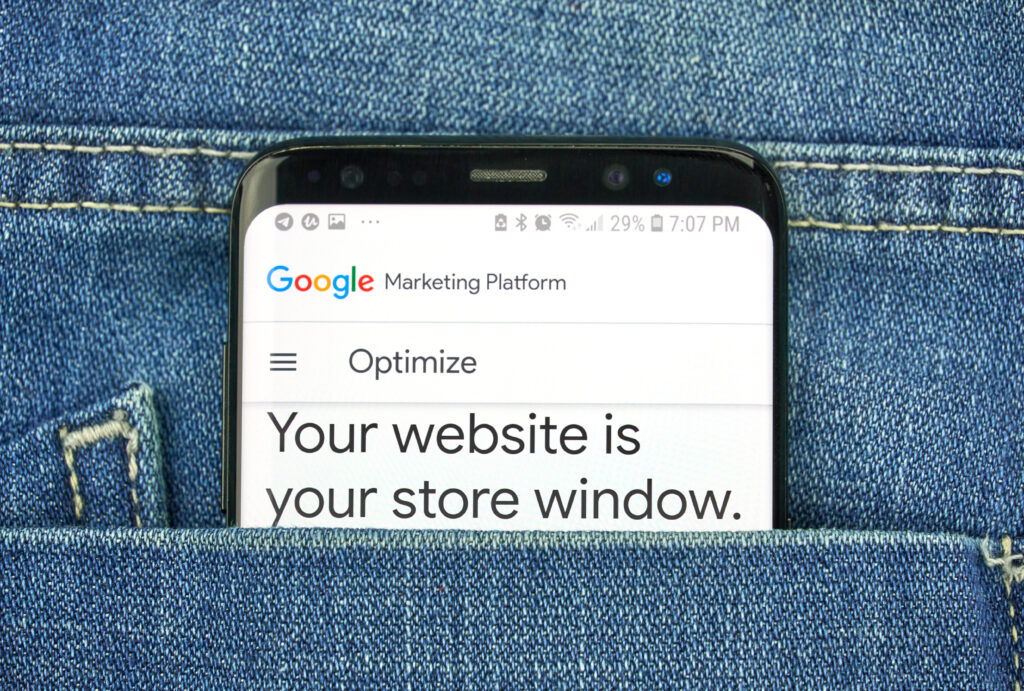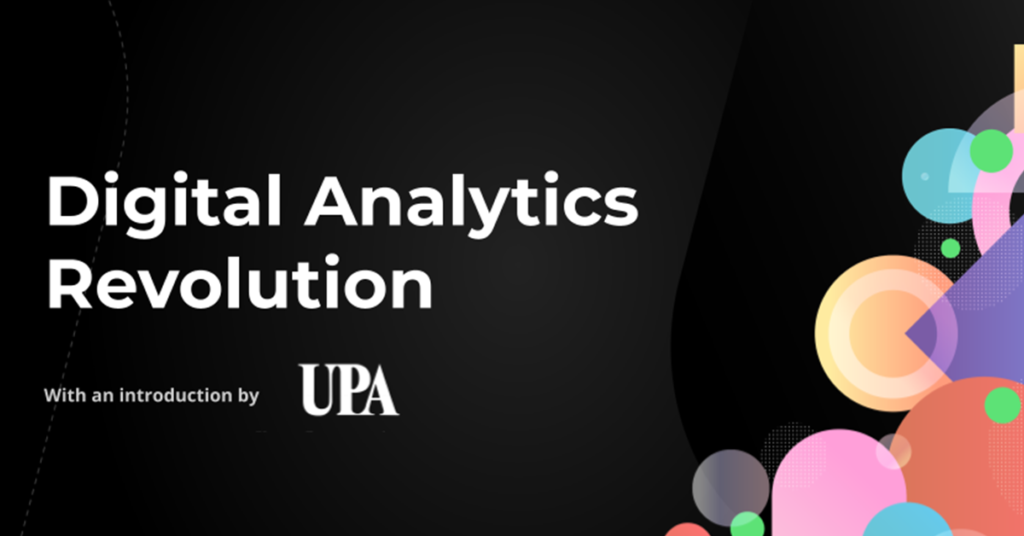On November 2, the news of the release of Digital Analytics Revolution was announced, an insightful manual entirely dedicated to the analysis of the revolution that the world of digital analytics is presently going through. For a closer look at the critical issues and opportunities of the sector, we turned to Federico Fuzzi, Head of Digital Analytics at Webranking, for an ‘informed‘ opinion about what is happening now and an idea about what direction companies will take in the future.
“We realised once again how precarious digital measurement is and how the energies of companies in this field are aimed more at regulatory compliance than at enhancing investments,” says Vivaldelli of UPA in his introduction to the paper, ‘Digital Analytics Revolution’. An overly cynical view or a simple statement of fact? What consequences are European legislators’ choices having on digital measurement?
I believe that this statement exactly describes the current state of affairs: companies find themselves facing numerous obligations, thanks to a series of events, most especially the suspension of the US-EU agreements on the Privacy Shield, the abandonment of cookies by Google – announced well before the current vicissitudes, and, lastly, decisions by the Authorities of some European countries that have rendered conventional treatment of data processing ‘non-compliant’. All this has occurred in plain sight and its impact is felt, above all, by companies’ legal departments. The overall scenario, although challenging, is not, in my opinion, altogether without an upside. The need to pay close attention and review the way data are collected and stored will not only have repercussions on the tools used but, we hope, will lead to a new awareness within companies about the culture that revolves around data and their use.
Google – which accounts for 85% of the world’s data measurement – has announced the sunset of its most widely used tool, Universal Analytics. What does this decision mean for companies and for the future of measurement?
As I mentioned at the beginning, this choice is not an effect of decisions made by the European Guarantors. Google had already decided autonomously to replace its tool with a new one, which brings together measurement on both apps and websites. A very logical decision that required a new platform, a new tool set and that has been renamed Google Analytics 4 or GA4. In March 2022, Google announced the gradual phasing out of Universal Analytics and its replacement, step by step, with GA4. The decision about data taken by some European Guarantors dates back to June of this year and was enforced immediately, forcing through unplanned changes throughout the sector: the whole process had to be suddenly rushed through.
By next year, all companies will need to have decided which system to use and all the data they have accumulated over the last 15 years will no longer be exportable or usable by the new analysis tools. This is not a question of difficulty in porting data, but rather the fact that solutions like GA4 collect and rearrange data in a way that is incompatible with past practice. Companies will be able to choose from a wide range of proposed solutions, valid for the next 5 or 10 years, but this choice will not be made only on a technological basis: it is a drastic change in the paradigm to be adopted for measuring data. Businesses will need to get used to reading data expressed in different ways, with new KPIs: in my opinion, after the obvious initial difficulties, this actually represents a new opportunity, because – regardless of the tool chosen, be it GA4 or one of its numerous competitors – companies are faced with the need to spread a data culture beyond the unit dedicated to eCommerce, where it was fundamental. This means a real revolution: all parts of the company, from digital marketing to CRM, to IT, will share the available organisational assets.
There are various measurement tools on the market. What features would you take into account in your choice of a platform?
In the vast majority of cases, there is no perfect ‘off the shelf’ tool, able to completely respond to all needs. For those companies that have begun their process of digital transformation – regardless of its scale, the type of hardware and the cloud used – it is precisely the identification and awareness of the level reached in this process that help to identify the most suitable solutions, the best path towards completion, and a mode of use that exploits all available peculiarities. Additional factors affecting choice are overall analysis capacity of the tool and its activation – for advertising, direct marketing or personalisation of the contents on the Home Page – of a site.
One last tip: when it comes to large companies or highly structured sites, it becomes essential to choose between the available enterprise solutions. A ‘technological downside’ choice to respond to future fears about data processing may prove to be a strong and non-reversible brake.
What are the consequences and effects of an over-hasty shutdown of measuring platforms? What general advice would you have to offer companies right now?
What we are seeing now is the immediate impact of the decisions of the Guarantors at the European level: businesses are opting to ‘turn off’ their analytics systems because these are no longer seen as compliant with the interpretation of the rules, on the advice of their legal departments, to be ‘on the safe side’. The immediate result is that companies are failing – to a greater degree than many people realise – to fully understand either the payback for past efforts or the possible future effects, both in the medium- and long-term. This is obviously impacting very heavily on the operations of all those sectors that depended mainly on data to measure present results and make predictions for the future of the business.
On the other hand, adopting a ‘temporary‘ solution, while waiting for some clarity to transpire, is almost as costly. Costly in terms of licenses and staff training, which will necessarily then be ‘lost‘ with the adoption of a definitive analytics system, but also costly in terms of adapting the processes of the units to a different language and a different set of data with which to operate. There is no one-size-fits-all solution: our suggestion is to engage stakeholders – data managers, lawyers, external data and privacy consultants – to identify together the solution that best suits each specific case.
How does Webranking foresee the sector looking in three or five years’ time? What is your vision?
It’s a really long-term vision, given all the variables at play. For example, in recent weeks, in the US, a new Privacy Law has been formulated that is presently being examined by the European Commission. If it were to be accepted without modification, it would take us back to a situation similar to that of Safe Harbor, with no differences between the two sides of the Atlantic. In the uncertainty of the moment, however, all major players, from Google to Adobe, are moving to provide companies with technical solutions increasingly closer to European regulations, from storage on European territory to data sovereignty. If you want my opinion, I would predict that 2023 will be similar to 2022, in terms of regulatory standards and the solutions offered by the market; from 2024 onwards, on the other hand, I foresee a return to a more ‘basic‘ and ’matter of fact’ vision of analytics, before the inevitable subsequent transformation into a direct use perspective, such as in marketing automation, advertising, direct marketing and eCommerce.




















 Discover UP
Discover UP Monitor UP
Monitor UP Level UP
Level UP